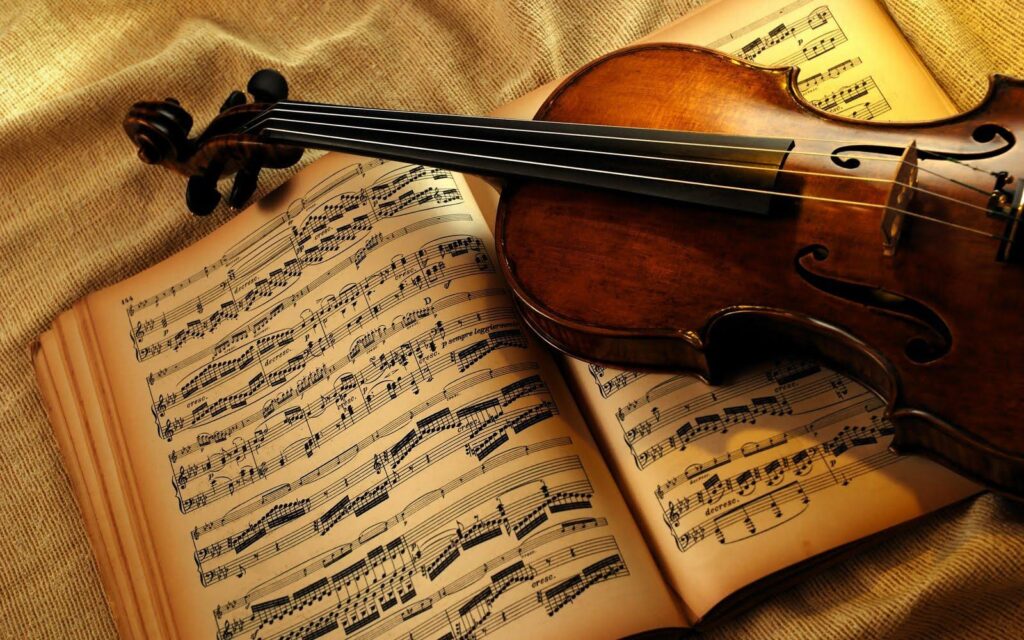Significant Insights into The Various Performance Characteristics of Folk Music

Each folk music culture is rooted in tradition. They each have their own particular tunes and instruments to accompany them. As a result of this and its appeal, folk music is listened to by millions of people worldwide. You Can Take Music Lessons Online. Essentially, there are some characteristics, such as common instruments such as the banjo and flute. In general, you are aware that vocal and instrumental performance styles vary significantly when comparing folk music to Western Art music.

Occasionally, folk tunes include a tighter vocal tone and a more natural beat. And it’s expanded upon in a publication devoted to roots music. The earliest generations of folk artists were vocal stylists who were not officially trained musicians. Folk singing is passed down from generation to generation through oral conversation rather than written content. Thus, the first one included ethnicity and social status. We may categorize major vocal styles in folk music as Parlando Rubato and Tempo Giusto.
Folk Music’s Numerous Characteristics
Which four features of folk music are most prevalent?
Parlando style has a greater emphasis on words and has a very rigorous metric, although Pace Giusto style also has a metric pattern and a very steady tempo. Pay attention to the singing techniques of both genres; they are at their finest in roots music. To that end, roots music magazine will assist you in identifying those distinct requirements.
You can readily distinguish the three, you know, according to their distinct characteristics. Eurasia, Old European, and current European styles are only a few examples. The Eurasian style originated predominantly in southern Europe and a portion of the United Kingdom, as well as in some areas of the Middle East. The traditional European slide is looser in the centre eastern region. While current European style is predominantly urban and Western European in origin.
Forms And Tunes-Folk Music’s General Features
Thus, here is a brief overview of the shapes and tunes popular nowadays. It’s a way of adjusting the altar to your musical sensibilities. Several melodies are repeated inside a verse or a chorus. It’s a folk music standard that many have admired; you’re probably aware that two to eight lines share the same melody depending on tradition, but they are largely for and it’s the musical representation or interpretation link between the lines.
Typically, in music, we have four lines with distinct content, such as ABCD, and we may also refer to materials such as ABBA, AABA, ABCA, and ABAC. Thus, these standards are more prevalent in Eastern Europe, and folk music incorporates epic storylines.
Folk music also contains a story of lullabies, or children’s songs. Folk singing is prevalent throughout Europe, western Asia, and southern Asia, and many traditions continue to thrive. Even folk music originated in Russia and the Balkans. It’s rather unlike European traditional music, as you know. It’s quite fascinating to listen to, and they often include an unplanned detail. Thus, over the nineteenth and twentieth centuries, Pop Culture and folk music gained enormous popularity. Folk music contains a wide diversity of melodic styles. For instance, you are acquainted with an American, a German, and a Czech.
Finally
Folk music is a fusion of rhythm and technique. You are aware that the rhythms are dependent on poetry. It originated in the western tradition of poetry, is highly structured in a matrix format, and has an extremely intensive shape. Folk music is predominantly vocal in nature, but also instrumental. It is considered to be one of the most influential works of music in history.
- Unlocking the Secrets: How to Become a Successful YouTuber - March 17, 2024
- Unlocking the Power of Home Loan Calculators: A Comprehensive Guide - March 9, 2024
- Understanding Dementia: A Comprehensive Guide - March 7, 2024





